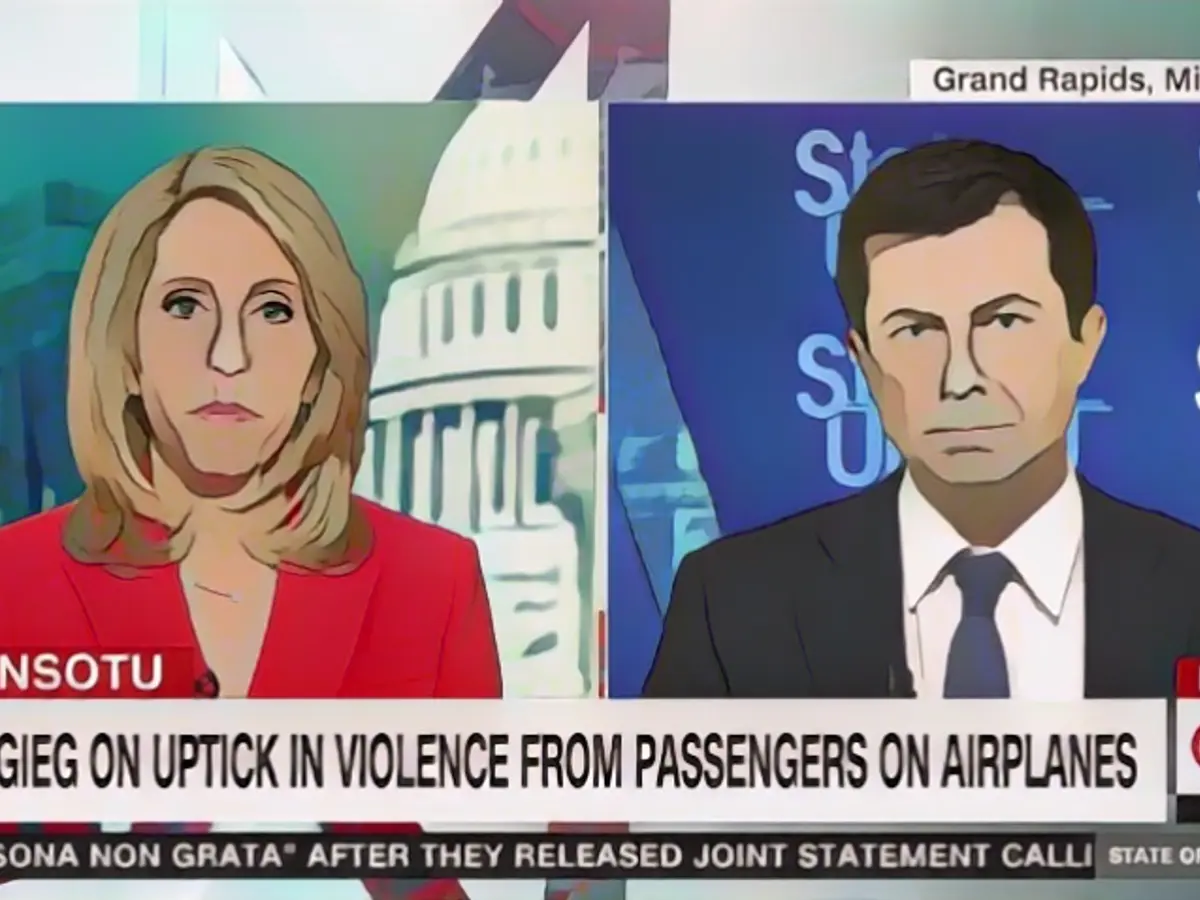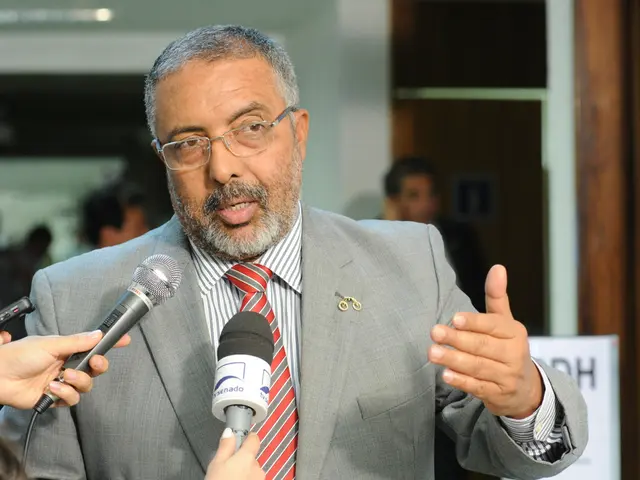Misbehaving Passengers and the No-Fly List
If you've flown in the past year, you might remember 2021 as the year of challenging passengers. In fact, according to the Federal Aviation Administration (FAA), it was the "worst year since record-keeping began" when it comes to disruptive behavior. Surprisingly, almost 72% of these incidents were due to mask mandates!
Given this increase in misconduct, it's no wonder that the idea of a "no-fly list" for disruptive passengers has gained traction. After all, how can we ensure the safety and peace of mind of both the crew and other passengers if some individuals continue to break rules and court trouble?
The Argument for a No-Fly List
Advocates of the no-fly list argue that such a system could serve as an effective deterrent, making passengers think twice before breaking the rules. If faced with the possibility of being barred from flying for a certain period or even indefinitely, passengers might be more inclined to conform to expectations.
At the very least, a no-fly list could provide some level of reassurance to the airline personnel and other passengers who have to deal with problematic passengers day-in and day-out.
But, as you might suspect, there are also concerns and criticisms surrounding the introduction of a no-fly list for disruptive passengers.
Potential Concerns and Challenges
A no-fly list requires careful consideration, as there are several potential challenges and concerns that need to be addressed:
- Criteria for Inclusion: A clear set of criteria should be established to ensure only those who pose a real threat to safety and order are included on the list.
- Appeal Process: A fair and transparent appeal process should be in place for those who believe their inclusion was unjust.
- Enforcement: Consistent enforcement across airlines and reporting requirements are essential to prevent loopholes and maintain the integrity of the list.
- Public Awareness: Ensuring the public understands the consequences of being added to the list could help deter would-be disruptors.
- Data Collection and Monitoring: Regular updates and monitoring are needed to keep the list current and relevant.
- Collaboration with Law Enforcement: Closely working with law enforcement agencies can help identify and prosecute repeat offenders.
While the above points illustrate the potential benefits and challenges of a no-fly list for disruptive passengers, it's important to remember that this is only part of the broader strategy to reduce incidents and maintain a safe and pleasant flying experience for everyone.
Education, training, and strict protocols for handling disruptive situations will also play a critical role in ensuring a more peaceful and secure travel environment.
Final Thoughts
The debate over a no-fly list for disruptive passengers is an ongoing one, with advocates and critics alike offering compelling arguments. Ultimately, finding the right balance between maintaining passengers' rights and ensuring a safer flying experience will be crucial.
Regardless of the approach, one thing is clear – the skies should remain a place of calm and respect for all those who travel in them.







